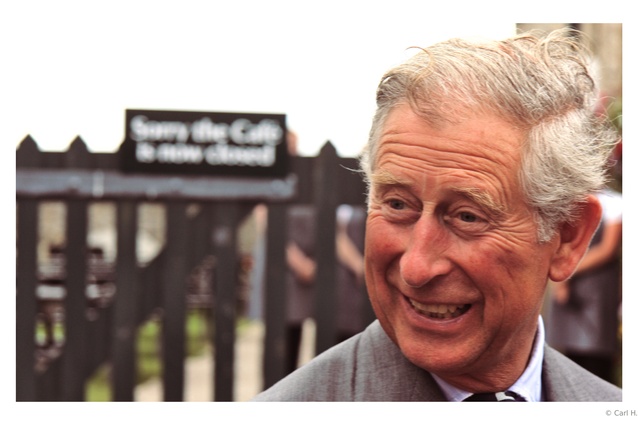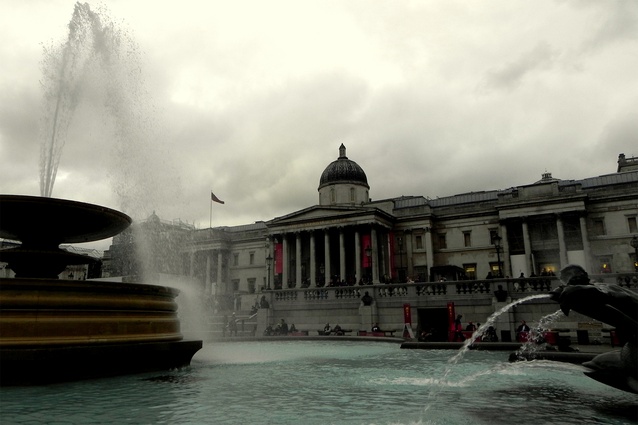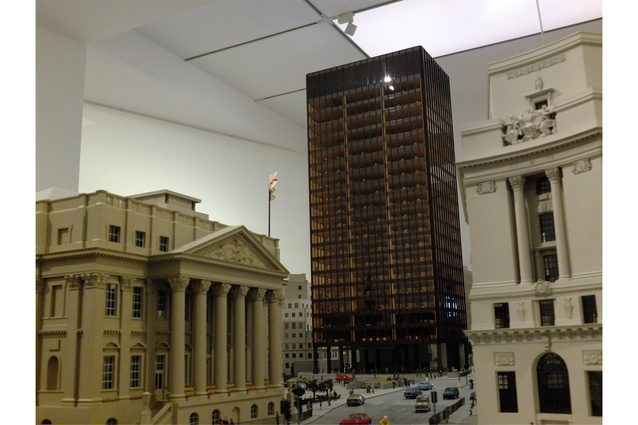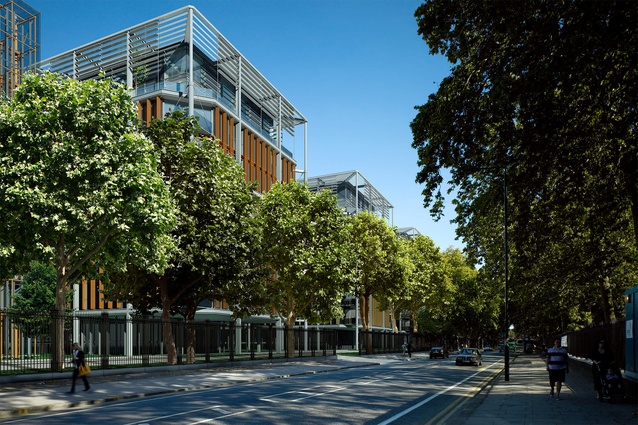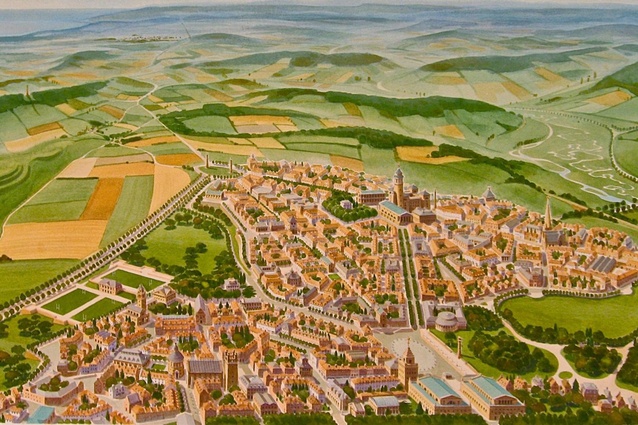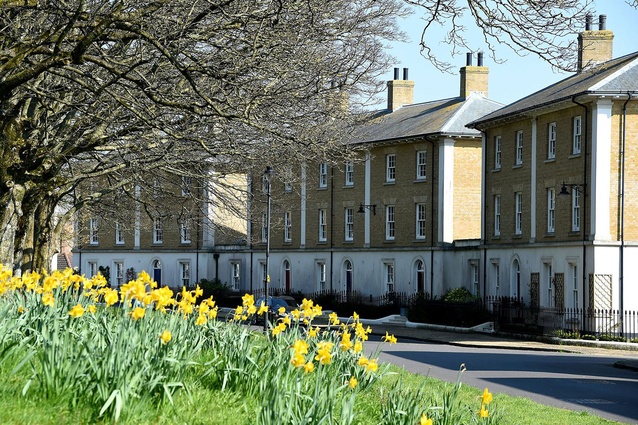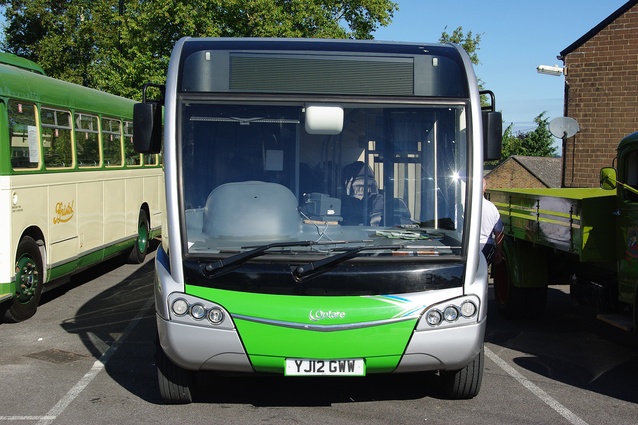Oh God, I hate this
Now that he has become King Charles III, will Aotearoa’s new Head of State continue to be an imperious anti-modernism, pro neoclassicism architecture critic and ardent anti-pollution, pro-nature, environmental activist? Architecture NZ editor Chris Barton says protocol would suggest not.
A constitutional monarch must keep his opinions to himself and, regardless of whether he agrees or not, blithely rubber-stamp royal assent to all legislation passed by the government of the day. But, given His Majesty’s propensity for spontaneously erupting over the bother of a leaking fountain pen at a signing ceremony, – “Oh God, I hate this” – we imagine the new king may have some difficulty reining in speaking out on one’s passions.
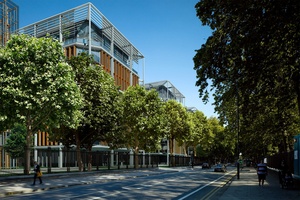
Even if the royal gob is required to remain publicly shut, the new king will likely be unable to resist wielding power and influence in the background. He famously did so in 2009 when he nixed Chelsea Barracks, the £3bn central London housing scheme designed by the late Lord Richard Rogers for Qatari Diar, the Qatar royal family’s development arm. Back then, Prince Charles wrote to the Emir’s cousin: “I can only urge you to reconsider the plans for the Chelsea site before it is too late. Many would be eternally [underlined] grateful to Your Excellency if Qatari Diar Real Estate Investment could bequeath a unique and enduring [underlined] legacy to London.”
In 1989, the New York Times dubbed Charles not only “the most prominent architecture critic in the world” but, also, “by virtue of his position, in effect the nation’s architect in chief”. His architectural views came to prominence on 30 May 1984 when, as guest of honour at the 150th anniversary dinner of the Royal Institute of British Architects, he launched a stinging attack on modern architecture and denounced the profession.
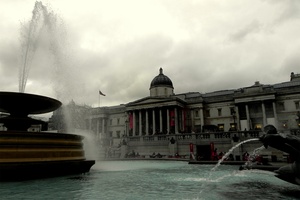
Known as ‘the carbuncle speech’, the prince lambasted a scheme by Ahrends, Burton and Koralek extending The National Gallery at Trafalgar Square as a “monstrous carbuncle on the face of a much-loved, elegant friend”. His Highness also described a proposed Mies van der Rohe tower design for Mansion House as, “another giant glass stump, better suited to downtown Chicago than the City of London”. Both schemes were subsequently scrapped: royal influence stopping architecture in its tracks. A critic’s pen wielded mightier than the sword.
While Charles had a few wins in his crusade to make Britain beautiful again, in the long term, his neoclassicist alternative to modernism didn’t really catch on. Perversely, the prince’s obsession created a newfound public interest in architecture which manifested in a huge boost in mainstream media coverage. Mostly, the media was sympathetic to the profession, in the process spawning TV shows like Grand Designs and a host of DIY design and home makeover offshoots.
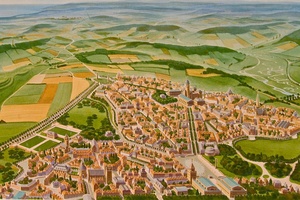
Charles made his first speech on the environment in 1968 and, at a conference in 1970, an establishment man ahead of his time, was already taking up and promoting ideas about conservation. He gave numerous speeches highlighting pollution and the evils of industrial agriculture and convened meetings with world leaders. In 2004, he founded a charity focused on making the financial world more sustainable and, in 2010, another dedicated to regenerative farming. At times, he’s also blundered into some wacky mysticism and the tricky territory of laying the blame for climate change on global population growth. His personal efforts to lead an eco-friendly life and put many of his ideas into practice have been both lauded and ridiculed. Despite his best efforts, he still tracks a vast carbon footprint. Nevertheless, he has continued to speak out, most recently at the Glasgow climate talks last year, calling for a “warlike footing” to tackle the “existential threat” of climate change and biodiversity loss. As King, he may now be required to be quiet about such concerns but, perhaps, the rules are different in war. Either way, behind the scenes, he won’t be able to help himself.
How dispiriting. After decades of dedicated advocacy from the sidelines, just as he ascends the throne, surely with a new arsenal of public powers and influence to get things done, King Charles finds himself cut off at the knees. A leaking fountain pen, so to speak.
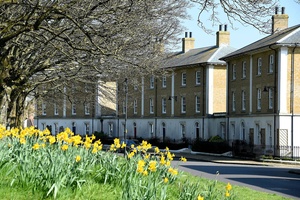
But, on the architecture front, there are signs Charles’ principles, as demonstrated in his backing and development of traditional towns such as Poundbury, are being seen in a new light. When the Léon Krier-planned extension to the town of Dorchester for 6000 people built on Duchy of Cornwall lands first took shape in the early 1990s, its classical aesthetic was ridiculed as a kitsch Disney-esque model village, like a set from The Truman Show.
Today, however, the times demand another look. Guardian critic Oliver Wainwright admits, hard as it is to stomach, there’s a lot that Poundbury gets right. Affordable housing makes up 35 per cent of the 2260 homes, which combine with 240 businesses to employ more than 2400 people. Photovoltaic slates dot the rooftops, EV charging points line the walkable streets and gas comes from a biomethane digestion plant on a nearby farm. Revisit the 1984 ‘carbuncle’ speech, says Wainwright, and you’re in for a surprise. “Far from issuing a decree for more Corinthian columns and pumped-up pediments, he outlines principles that are now found in practically every best-practice design guide. He argues for: the retention and rehabilitation of existing buildings; increased accessibility for disabled people; the importance of community consultation and resident-led housing cooperatives; restoring historic street patterns; and reviving traditional housing types, such as terraces and courtyards.” Ideas ahead of their time. If, as King Charles III, he has to hold his tongue, perhaps his buildings can do the talking.
Chris Barton is the current editor of Architecture New Zealand. He has been a respected architecture critic for Metro and multi-award winning journalist for many of the nation’s leading print media publications; he also holds a Master of Architecture from the University of Auckland.

